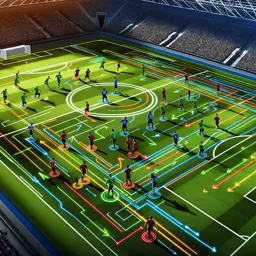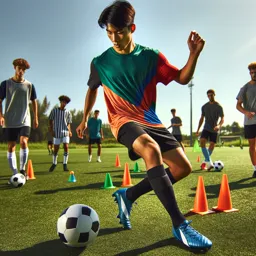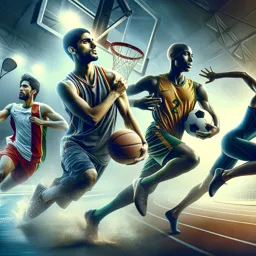Basketball is a dynamic team sport that combines athleticism, strategy, and skill. To truly appreciate the game, it’s important to understand the different positions on the court and the unique roles each player has in contributing to their team’s success. Whether you’re watching a game or stepping onto the court yourself, knowing these positions gives you deeper insight into how basketball works.
The Five Main Positions in Basketball
1. Point Guard (PG)
The point guard is often viewed as the “floor general” because they direct the team’s offense by controlling the ball and making sure teammates are in the right positions. Point guards are typically quick thinkers with excellent dribbling and passing abilities. Their primary responsibilities include bringing the ball up the court, setting up plays, and distributing the ball efficiently to create scoring opportunities.
2. Shooting Guard (SG)
Shooting guards are known for their scoring prowess, especially from long distances. They are proficient shooters and are also expected to be solid defenders. In addition to shooting, they often drive toward the basket and support the point guard in moving the ball.
3. Small Forward (SF)
The small forward position is one of the most versatile on the court. Small forwards typically possess a balance of size, speed, and agility, allowing them to score from the perimeter and drive inside. They often serve as secondary scorers and contribute on both offense and defense.
4. Power Forward (PF)
Power forwards play close to the basket, using their strength and size to grab rebounds, set screens, and score in the paint. They are usually responsible for defending opposing power forwards and centers and must possess a combination of strength and agility.
5. Center (C)
The center is typically the tallest player on the team and plays near the basket. Centers excel at shot-blocking, rebounding, and scoring in the low post. They are crucial for anchoring the defense and providing a formidable presence inside the paint.
Specialized Roles and Positionless Basketball
While traditional positions remain important, modern basketball has seen the rise of “positionless” play. Players often assume multiple roles during a game. For example, big forwards are now expected to shoot three-pointers, and guards may need to rebound or defend larger opponents. Teams value players who can adapt and fill different roles as needed.
Team Dynamics and Communication
Success in basketball isn’t just about individual skills. It’s about how well players communicate and work together. Teamwork, unselfish play, and constant communication—on offense and defense—are vital for executing plays and stopping the opponent.
Learning and Improving
Understanding positions helps you recognize each player’s importance on the court, whether in youth leagues, pickup games, or professional matches. As you learn more, you can analyze players’ performance and see how they fit into their teams’ strategies. Next time you watch or play, notice which roles stand out and how teamwork influences the game!

































